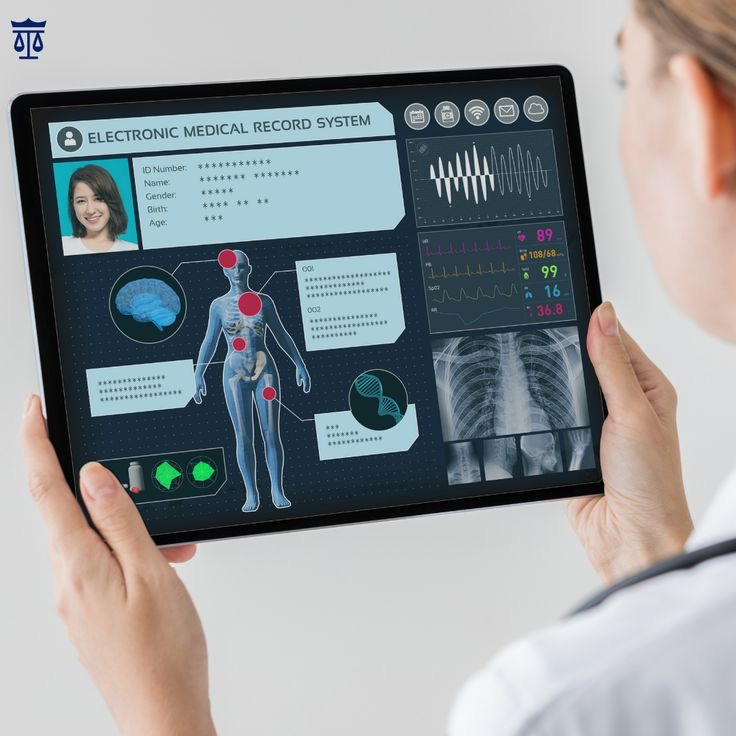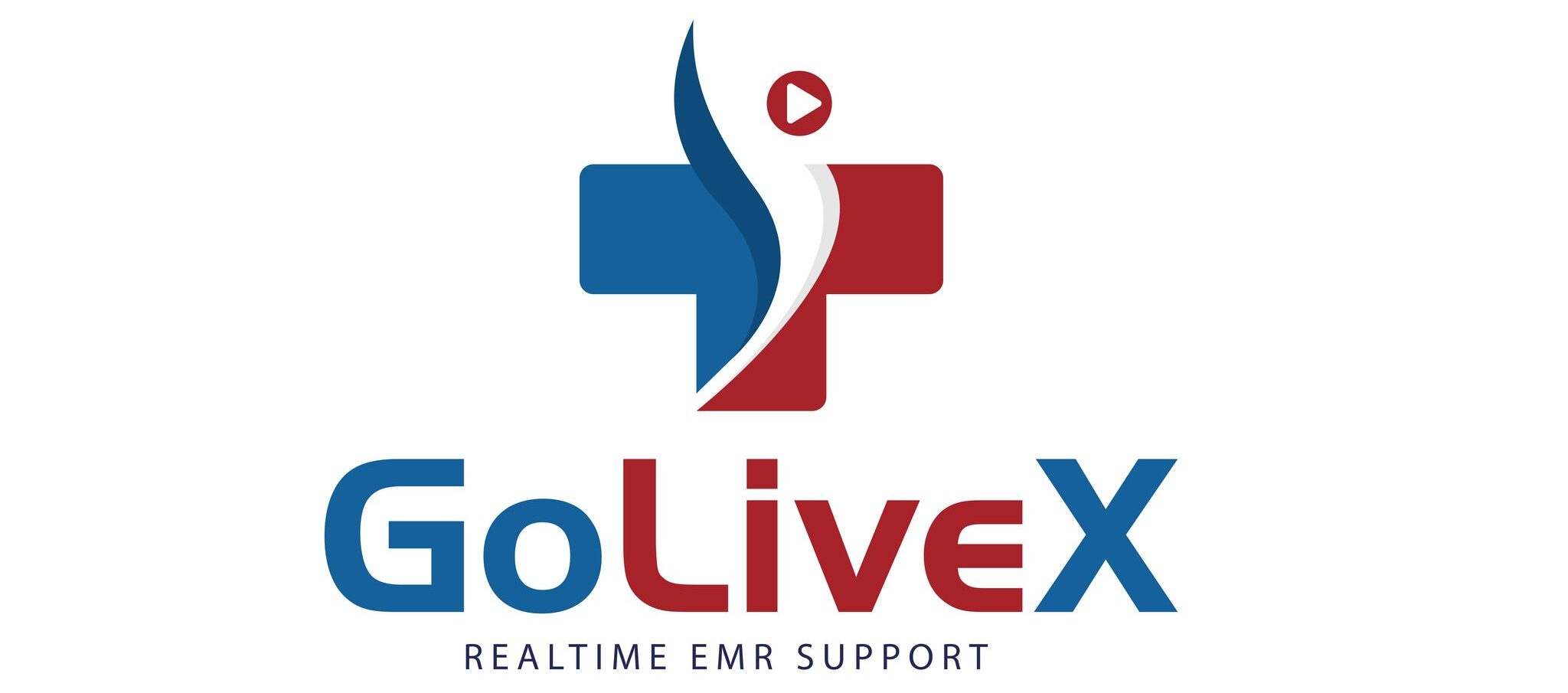Step inside the hospital’s reimagining care—one digital heartbeat at a time.

There is a quiet tremor moving through the hallways of America’s hospitals—
not the beep of monitors or the shuffle of nurses’ feet—
but something deeper.
Something pulsing beneath the floor tiles and flickering behind glass screens.
A digital heartbeat.
Soft. Certain. Unstoppable.
Hospitals on the edge of tomorrow are not just healing bodies.
They’re learning how to listen,
how to remember,
how to care—in languages written in code.
The revolution isn’t loud.
But it’s alive.
The Seed Beneath the Surface
In a Kansas county hospital, a nurse taps a tablet that knows her rhythm.
In a Brooklyn ER, a doctor opens an EMR that doesn’t just list symptoms—but stories.
In a remote Oregon clinic, broadband breathes new life into a health center once drowning in paper charts and post-it notes.
These are not upgrades.
They’re uprisings.
Quiet acts of rebellion against the old way of care—fragmented, forgotten, fatigued.
New EMR projects are taking root like spring after a long winter.
Not just digitizing—but humanizing.
Because what is healthcare if it forgets the human?
The Code That Remembers the Soul
Today’s EMRs are more than digital filing cabinets.
They’re memory-keepers.
Voice interpreters.
Diagnostic whisperers.
They track not just vitals, but vulnerabilities—
the child who flinches at touch,
the elderly woman who always forgets her meds unless her daughter calls at 5,
the patient who smiles but silently scores a 9 on the depression scale.
AI woven into these new EMRs doesn’t just parse data—it feels the pattern.
And when the pattern shifts, it speaks.
“Check on them again,” it says.
“They didn’t say it—but they need you.”
Where Compassion Meets Precision
In Tennessee, a new EMR platform reduces charting time by 42%.
In doing so, it gives a tired doctor something rarer than gold:
Presence.
Minutes once stolen by clunky software now return to the bedside—
to eye contact, to listening,
to that sacred moment when a patient says,
“I’m scared,”
and there’s actually time to hear it.
Technology isn’t replacing the healer.
It’s restoring them.
Hospitals Becoming Homes Again
This is what the edge of tomorrow looks like:
Hospitals that feel less like machines and more like sanctuaries.
Waiting rooms with digital triage that knows urgency.
Clinics with EMRs that speak Spanish, Somali, Vietnamese—
because understanding shouldn’t be a privilege.
And in every rural town, every concrete cityscape,
there’s a hospital daring to believe:
Better is possible.
If we plant the right systems.
If we trust the pulse of progress.
One Digital Heartbeat at a Time
The old ways are fading—not with anger, but with reverence.
We thank them for getting us here.
But now, it’s time to step forward.
To EMRs that see.
To systems that serve.
To hospitals that don’t just save lives—but honor them.
This is not just healthcare.
It’s healing, reimagined.
And it’s happening now—
one upgrade,
one insight,
one digital heartbeat at a time.
